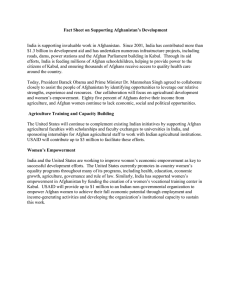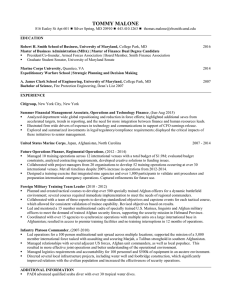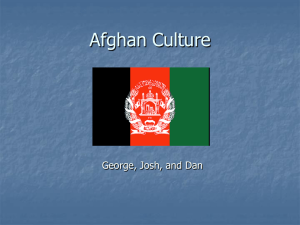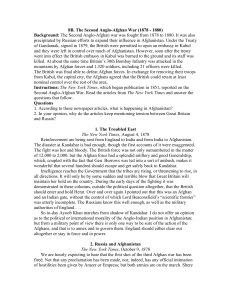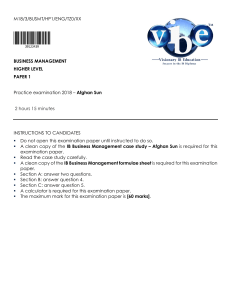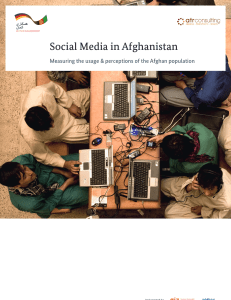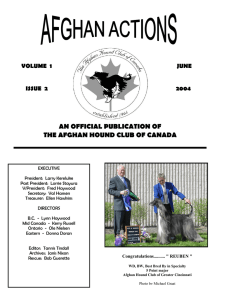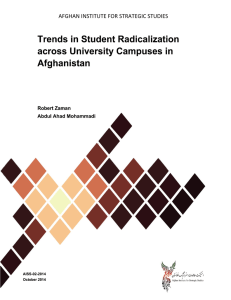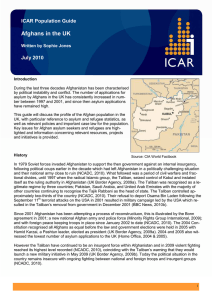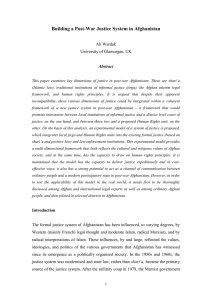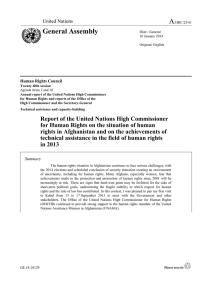World Health Organization Afghanistan Health Update April 5, 2002
advertisement
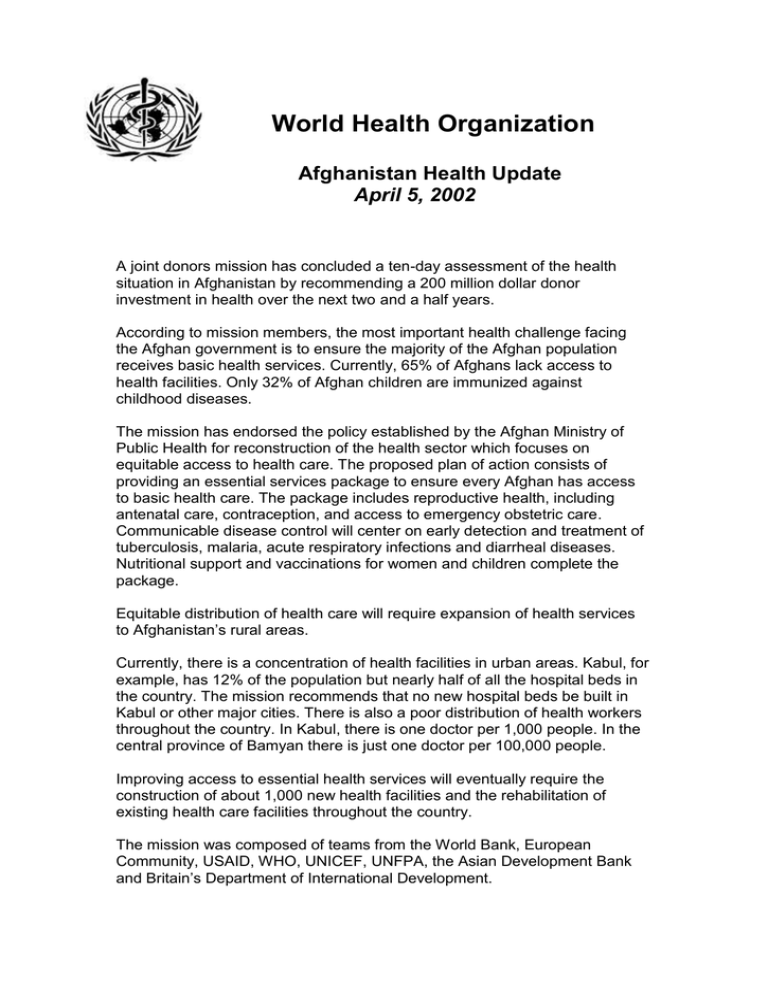
World Health Organization Afghanistan Health Update April 5, 2002 A joint donors mission has concluded a ten-day assessment of the health situation in Afghanistan by recommending a 200 million dollar donor investment in health over the next two and a half years. According to mission members, the most important health challenge facing the Afghan government is to ensure the majority of the Afghan population receives basic health services. Currently, 65% of Afghans lack access to health facilities. Only 32% of Afghan children are immunized against childhood diseases. The mission has endorsed the policy established by the Afghan Ministry of Public Health for reconstruction of the health sector which focuses on equitable access to health care. The proposed plan of action consists of providing an essential services package to ensure every Afghan has access to basic health care. The package includes reproductive health, including antenatal care, contraception, and access to emergency obstetric care. Communicable disease control will center on early detection and treatment of tuberculosis, malaria, acute respiratory infections and diarrheal diseases. Nutritional support and vaccinations for women and children complete the package. Equitable distribution of health care will require expansion of health services to Afghanistan’s rural areas. Currently, there is a concentration of health facilities in urban areas. Kabul, for example, has 12% of the population but nearly half of all the hospital beds in the country. The mission recommends that no new hospital beds be built in Kabul or other major cities. There is also a poor distribution of health workers throughout the country. In Kabul, there is one doctor per 1,000 people. In the central province of Bamyan there is just one doctor per 100,000 people. Improving access to essential health services will eventually require the construction of about 1,000 new health facilities and the rehabilitation of existing health care facilities throughout the country. The mission was composed of teams from the World Bank, European Community, USAID, WHO, UNICEF, UNFPA, the Asian Development Bank and Britain’s Department of International Development. Meanwhile, a WHO emergency team has provided psycho-social training for teachers working in Nahrin district, site of the March 25th earthquake. The training focused on ways to provide coping mechanisms to children suffering from the psychological consequences of the earthquake that left 600 dead and at least a thousand injured. The teachers have been trained to handle post-traumatic stress amongst children who have lost family members or were trapped under rubble. The WHO team recommended teachers hold group discussions in their classes to encourage children to share their experiences. WHO has also carried out a household survey in Nahrin district to identify vulnerable members of the population who will require extra attention in the months ahead. The team will return to Nahrin district in May to re-examine the status of the vulnerable population. The WHO emergency team has been working in Nahrin since immediately after the earthquake to ensure safe water and sanitation, and to provide support to the Afghan Ministry of Public Health in its emergency relief operations. For more information, please contact: Loretta Hieber Girardet in Kabul at 00-46-73004-4376
